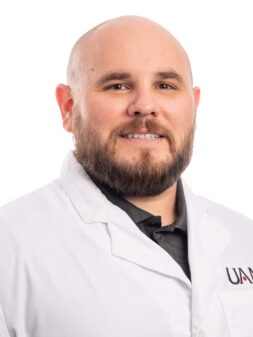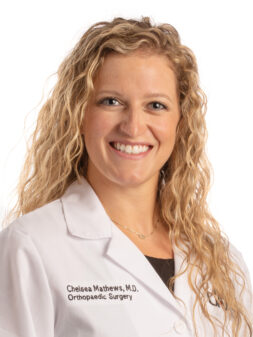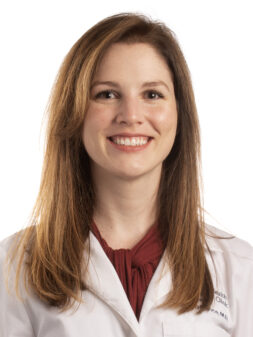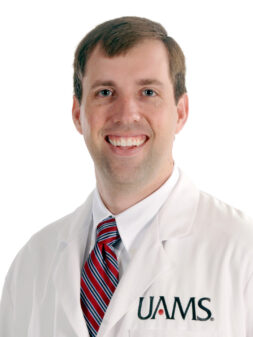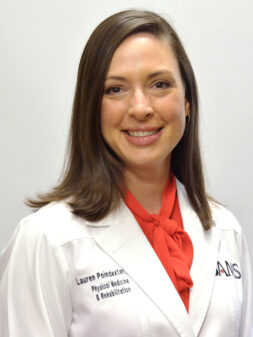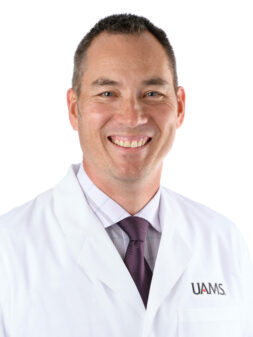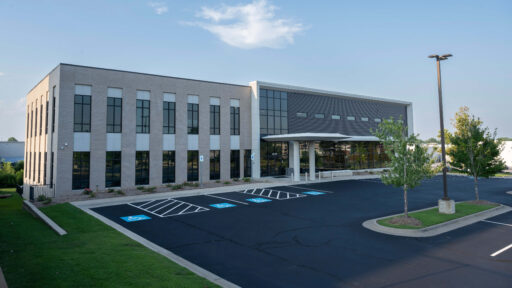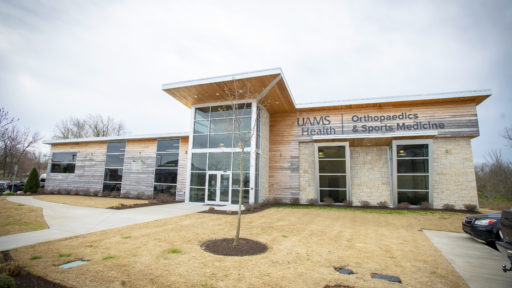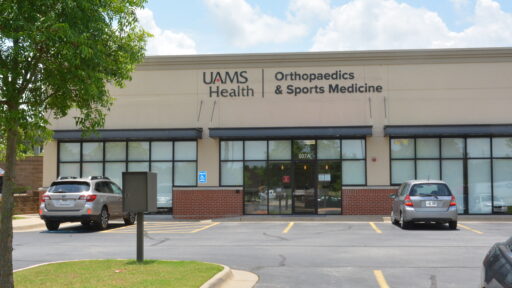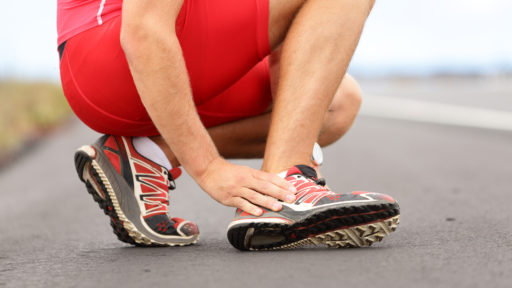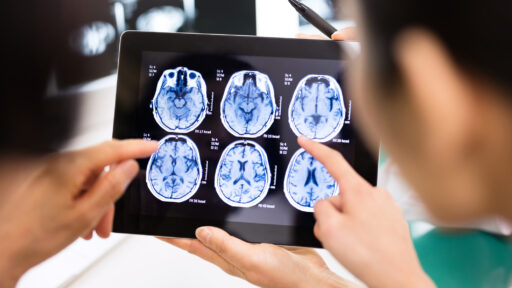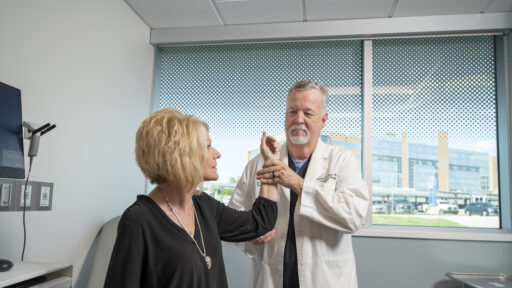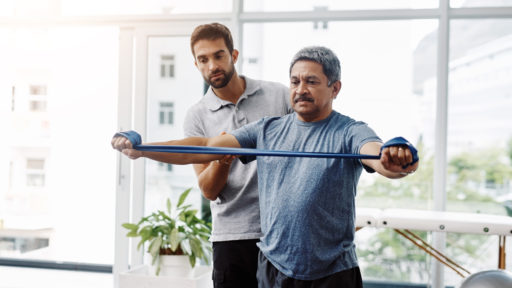Each of your feet has 26 bones, 33 joints, and more than 100 tendons, muscles, and ligaments. No wonder a lot of things can go wrong. Here are a few common problems:
- Bunions - hard, painful bumps on the big toe joint
- Corns and calluses - thickened skin from friction or pressure
- Plantar warts - warts on the soles of your feet
- Fallen arches - also called flat feet
Ill-fitting shoes often cause these problems. Aging and being overweight also increase your chances of having foot problems.
Courtesy of MedlinePlus from the National Library of Medicine.
Syndicated Content Details:
Source URL: https://medlineplus.gov/footinjuriesanddisorders.html?utm_source=mplusconnect&utm_medium=service
Source Agency: National Library of Medicine
Pain
Pain is a signal in your nervous system that something may be wrong. It is an unpleasant feeling, such as a prick, tingle, sting, burn, or ache. Pain may be sharp or dull. It may come and go, or it may be constant. You may feel pain in one area of your body, such as your back, abdomen, chest, pelvis, or you may feel pain all over.
Pain can be helpful in diagnosing a problem. If you never felt pain, you might seriously hurt yourself without knowing it, or you might not realize you have a medical problem that needs treatment.
There are two types of pain: acute and chronic. Acute pain usually comes on suddenly, because of a disease, injury, or inflammation. It can often be diagnosed and treated. It usually goes away, though sometimes it can turn into chronic pain. Chronic pain lasts for a long time, and can cause severe problems.
Pain is not always curable, but there are many ways to treat it. Treatment depends on the cause and type of pain. There are drug treatments, including pain relievers. There are also non-drug treatments, such as acupuncture, physical therapy, and sometimes surgery.
NIH: National Institute of Neurological Disorders and Stroke
Courtesy of MedlinePlus from the National Library of Medicine.
Syndicated Content Details:
Source URL: https://medlineplus.gov/pain.html?utm_source=mplusconnect&utm_medium=service
Source Agency: National Library of Medicine
Toe Injuries and Disorders
Fourteen of the 26 bones in your feet are in your toes. The toes, particularly your big toe, help you move and keep your balance. Playing sports, running, stubbing your toe, and dropping something on your foot can damage your toes. Wearing shoes that are too loose or too tight can also cause toe problems. Certain diseases, such as severe arthritis, can cause toe problems and pain. Gout often causes pain in the big toe.
Common toe problems include :
Treatments for toe injuries and disorders vary. They might include shoe inserts or special shoes, padding, taping, medicines, rest, and in severe cases, surgery.
Courtesy of MedlinePlus from the National Library of Medicine.
Syndicated Content Details:
Source URL: https://medlineplus.gov/toeinjuriesanddisorders.html?utm_source=mplusconnect&utm_medium=service
Source Agency: National Library of Medicine


